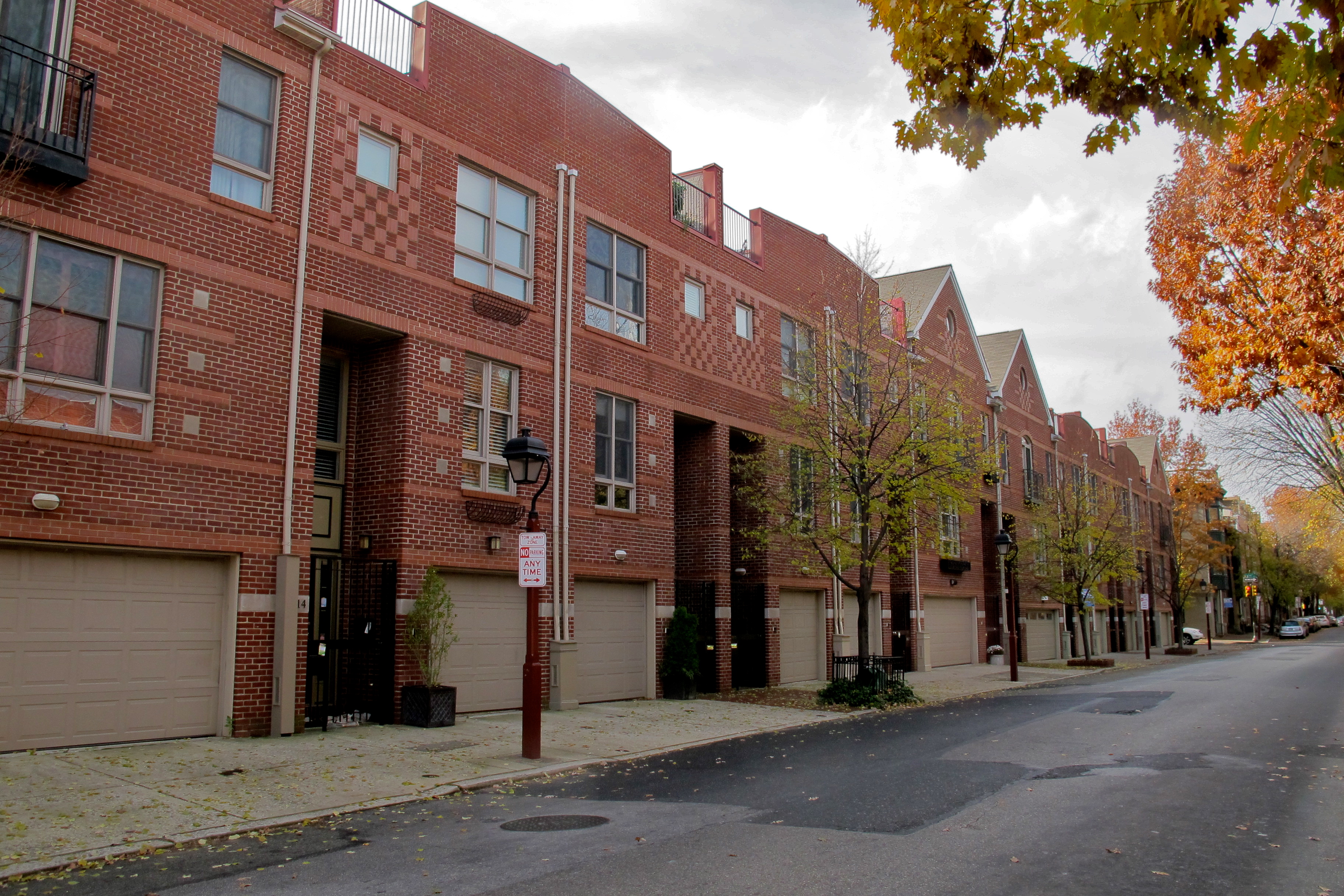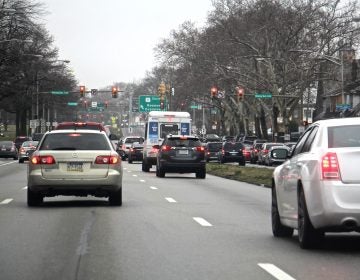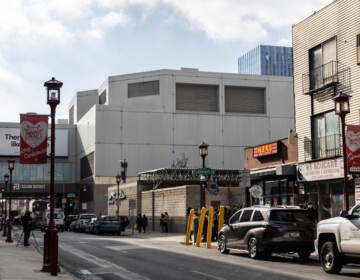Five reasons why Philly shouldn’t set parking minimums

In the last few weeks we’ve heard a lot about how City Council members are trying to roll back pieces of the city’s newly minted zoning code, including a proposal to establish parking minimums, as PlanPhilly’s Jared Brey reported. In part this is a story about politics. As Inquirer architecture critic Inga Saffron put it, Council’s efforts to declaw the new code speaks to the underlying tension between Council’s old ways and the Nutter administration’s efforts at progressive planning and greater transparency in government. And planners, developers, and design advocates are rushing to the new code’s defense, not merely because it took years to develop to the tune of millions of dollars, but because the rollbacks are simply bad planning.
Consider the case of parking minimums. The Zoning Code Commission wrestled with the idea of establishing parking minimums and ultimately didn’t recommend parking requirements. When the concept resurfaced in October, in a bill originating in City Council President Darrell Clarke’s office, the City Planning Commission voted to support a minimum parking requirement amendment (with some adjustments), though clearly some of the staff did not agree. I side with the (now silenced) staff on this one. Minimum requirements are a hamfisted way to resolve parking problems.
Here are five reasons why setting parking minimums is regressive planning:
1. Parking minimums distort demand for parking.
“Minimum parking requirements act like a fertility drug for cars,” wrote UCLA professor Donald Shoup in The High Cost of Free Parking. Why? Parking minimums create what economists call “induced demand” – that is the more parking there is, the more folks will drive. The more folks drive, the more parking they demand. And the cycle repeats, making parking the kind of problem that you can’t build your way out of.
Often minimum parking requirements are not well grounded in a neighborhood’s actual demand for parking or relative access to transit instead stemming from perception or anecdotal evidence. (If anyone has a recent, thorough study of current and projected parking demand for the CMX 2, CMX 2.5, and RM1 districts where the change is proposed, I’d love to see it. Yes, really.) Consider the counter-evidence: SEPTA ridership is higher than it’s been in decades and about half of Center City residents already live in car-free households.
2. Parking minimums can lead to lower density and poor design choices, which undermines transit and deadens the pedestrian environment.
Cities need space for cars, but not at all costs. The more space we give over to cars the less dense and urban our environment becomes. Public transit is less viable at lower densities, but many neighborhoods where the parking minimums would be required – North Central Philadelphia, parts of Center City, or Fishtown – have reasonably good transit access. The absence of parking minimums could even steer developers toward sites that are more pro-transit.
Design-wise we’ve seen the silent streetscapes born out of parking requirements: entire blocks fronted by first floor garages – a move that neighborhoods like Queen Village (an RM-1 district) have actively tried to curb. A steady diet of lifeless, dead-eyed buildings leads to a boring pedestrian environment – no variety, no stoop culture, no snooping, no window shopping – just bland repetition along one big curb cut. A boring streetscape, coupled with decreasing density, creates places where people don’t want to walk (and sometimes feel less safe) or areas where uses are too spread out to make walking trips worthwhile. Hardly the kind of robust, dense, varied urban environment that these districts aim to accommodate. Plus, walkability and density have real value: as a recent study [pdf] by the Congress for New Urbanism confirmed, Philly’s walkable neighborhoods have held their property values better than auto-centric suburbs.
3. Minimum parking requirements are costly.
Parking minimums drive up costs for developers, an especially acute problem for small-scale projects and in areas where land is expensive. As development becomes more expensive, that cost is passed along to buyers and renters (regardless of consumer demand). So the cost of parking becomes artificially coupled with the cost of housing, regardless of externalities like good transit access. And then there are the costs that come along with incentivizing car use: traffic congestion, air pollution, and fuel consumption.
4. Parking minimums don’t necessarily result in more parking spaces.
Each driveway curb cut means the loss of a public on-street parking space. But that doesn’t necessarily lead to an overall increase in parking. For example: three garages, each for a single car, could take away four on-street parking spaces. For off-street parking tradeoffs to work, it depends on how parking is integrated into the site plan and how many parked cars are taken off of the street.
5. Parking variances will lead to more ZBA cases.
Because some developers either can’t or won’t want to meet parking minimums, there will be more appeals for zoning variances that come before the Zoning Board of Adjustment. This could add to project costs in terms of time and money, as well as add to the already swamped ZBA case load – defeating two goals of zoning reform.
———
Want more?:
- Neighborhood groups uneasy with proposed zoning changes [The Naked City, November 9, 2012]
- Philadelphia City Council already tinkering with massive zoning overhaul [NewsWorks, November 8, 2012]
- “All-About-The-Car” City Council Fights Philly Zoning Code Reform [Next American City, November 6, 2012]
- Council amendments to clean-up bill would roll back more of new zoning code [PlanPhilly, November 5, 2012]
- Planning Commission recommends zoning amendments related to parking and family daycare [PlanPhilly, October 16, 2012]
UPDATED: An earlier version of this article said the Committee on Rules would continue discussion of the parking minimums legislation on Wednesday, November 14. The bill has moved out of committee and will be on the second reading/final passage calendar this week.
WHYY is your source for fact-based, in-depth journalism and information. As a nonprofit organization, we rely on financial support from readers like you. Please give today.








